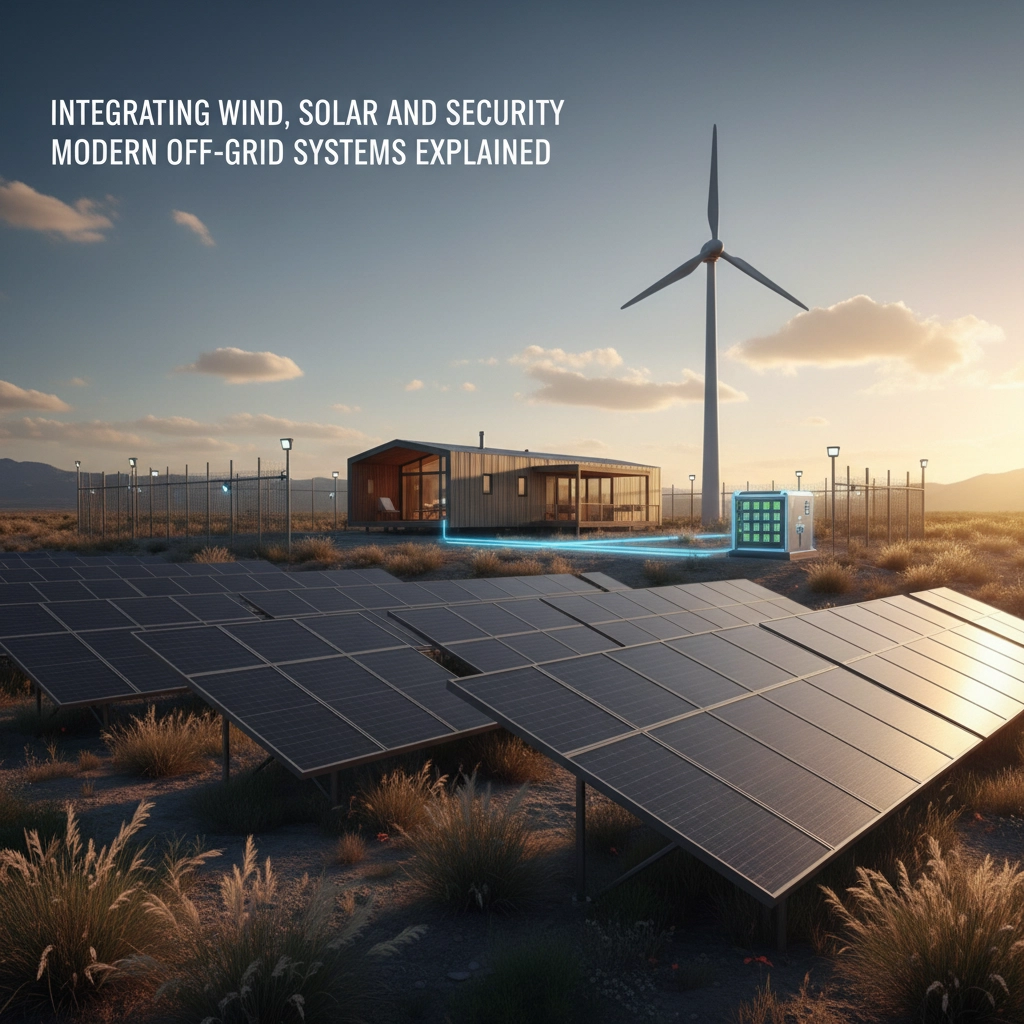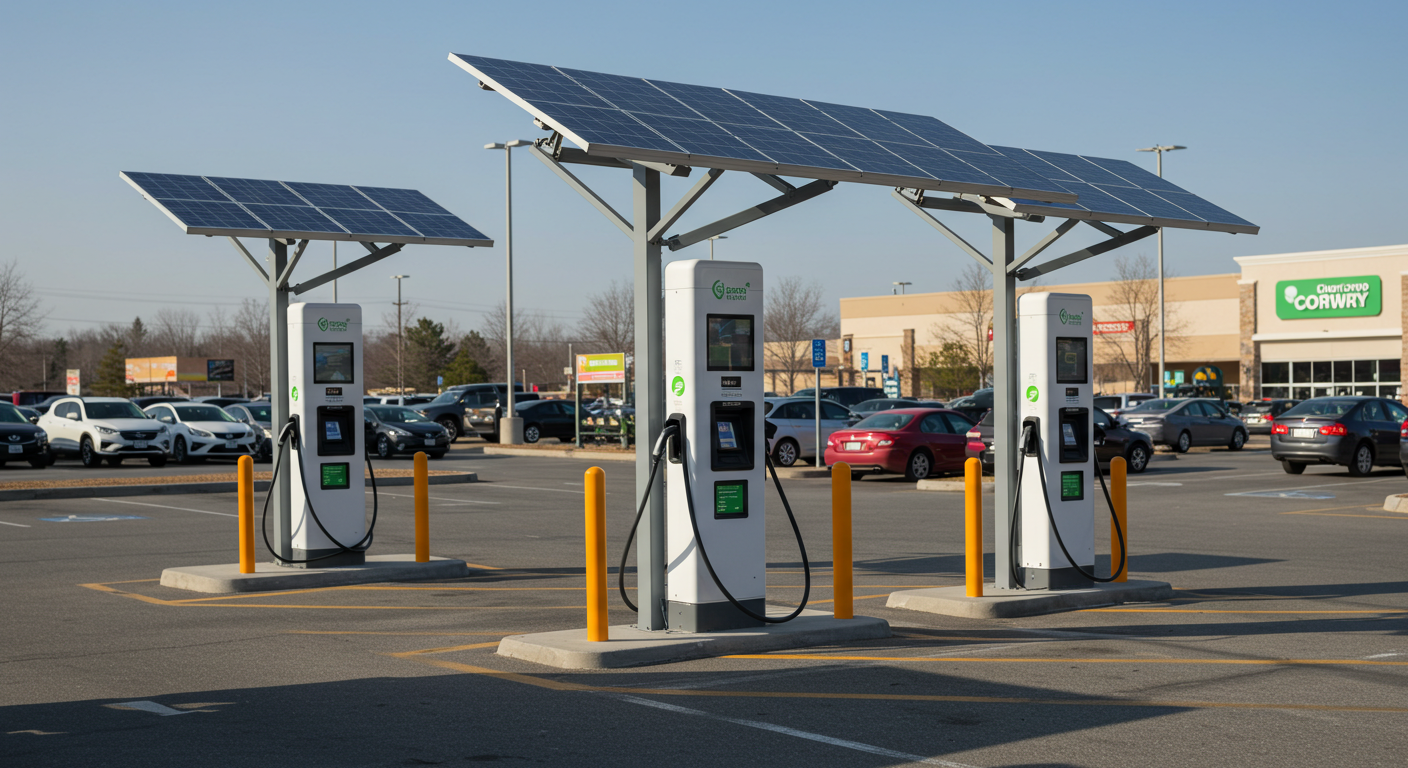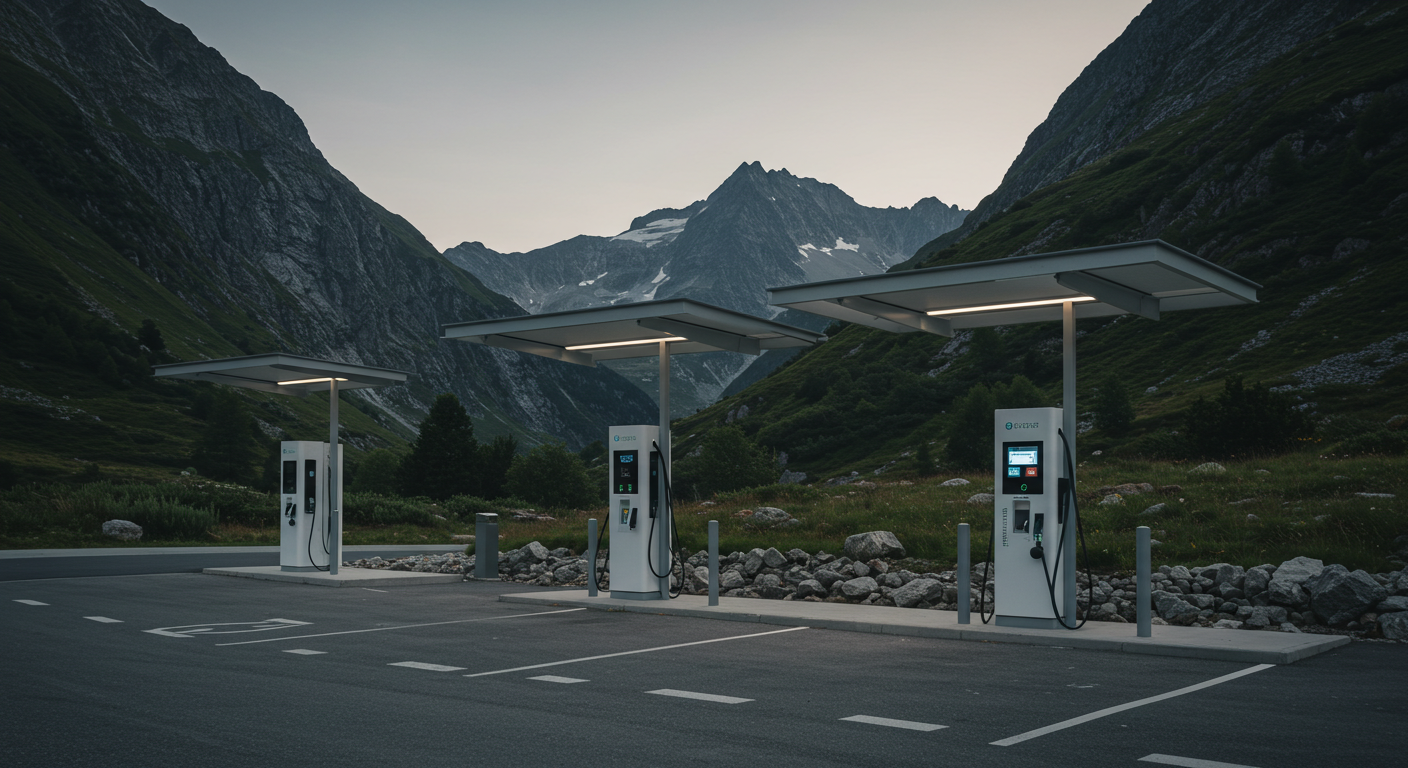Transform Your Energy Independence Strategy
You're facing mounting pressure to reduce operational costs while maintaining reliable power for critical government facilities. Modern off-grid systems that integrate wind and solar technologies offer your organization a path toward energy independence that traditional grid connections simply cannot match.
Off-grid power systems operate independently from the central electrical grid, generating and managing all electricity needs autonomously. For municipal and government project managers, these systems represent more than just alternative energy: they provide operational security, budget predictability, and resilience against grid failures that could compromise essential services.
Master the Fundamentals of Hybrid Integration
Understanding how wind and solar technologies work together forms the foundation of successful off-grid implementation. Your hybrid system combines wind turbines and solar panels to create a complementary energy generation approach that maximizes power production throughout varying weather conditions and time periods.
Solar panels generate peak electricity during midday hours when sunlight intensity reaches maximum levels. Wind turbines, conversely, often produce optimal output during evening and nighttime periods when temperature differentials create stronger wind patterns. This natural balance ensures one energy source compensates during low production periods from the other.
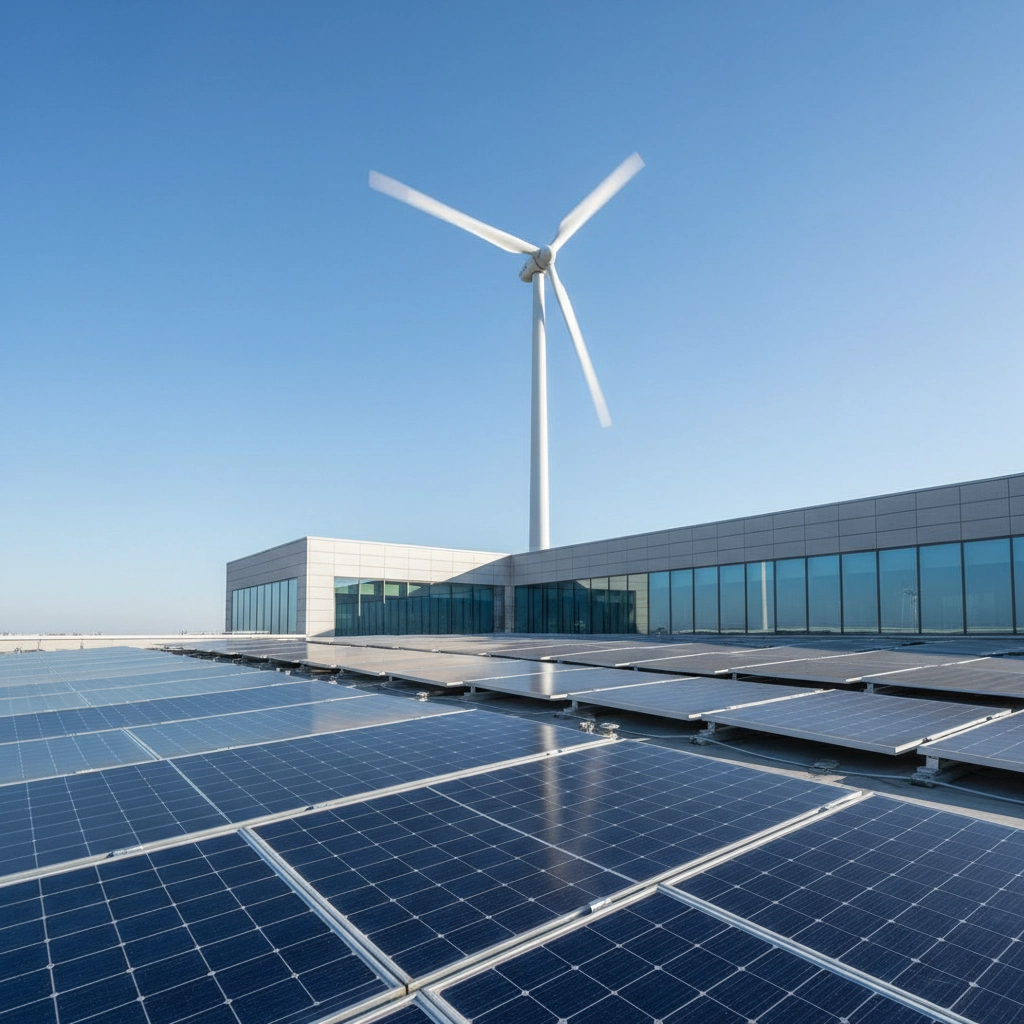
Consider your facility's energy consumption patterns when planning integration. Government buildings typically require consistent power during business hours, making solar generation ideal for daytime operations. Evening security systems, emergency lighting, and overnight facility operations benefit from wind generation capabilities that often peak after sunset.
Identify Essential System Components
Your off-grid wind-solar hybrid system requires several critical components working in coordination to deliver reliable power. Understanding each element ensures you make informed decisions during system design and procurement phases.
Primary generation equipment includes photovoltaic solar panels that convert sunlight into electricity and wind turbines that capture kinetic wind energy for electrical conversion. Size your solar array between 5-15 kW capacity depending on facility requirements, with panels mounted on building rooftops or dedicated ground installations. Wind turbines should complement solar capacity, typically accounting for 30-40% of total system generation capability.
Energy storage systems feature battery banks that store excess energy generated during peak production periods for use during low generation times. Lithium-ion battery systems offer superior performance and longevity compared to traditional lead-acid alternatives. Plan for battery capacity that covers 2-3 days of average consumption to ensure operational continuity during extended low-production periods.
Power conditioning equipment transforms generated power into usable electricity for your facilities. Inverters convert direct current from solar panels and batteries into alternating current for standard electrical systems. Charge controllers regulate battery charging and manage energy flow between system components to prevent overcharging and optimize efficiency.
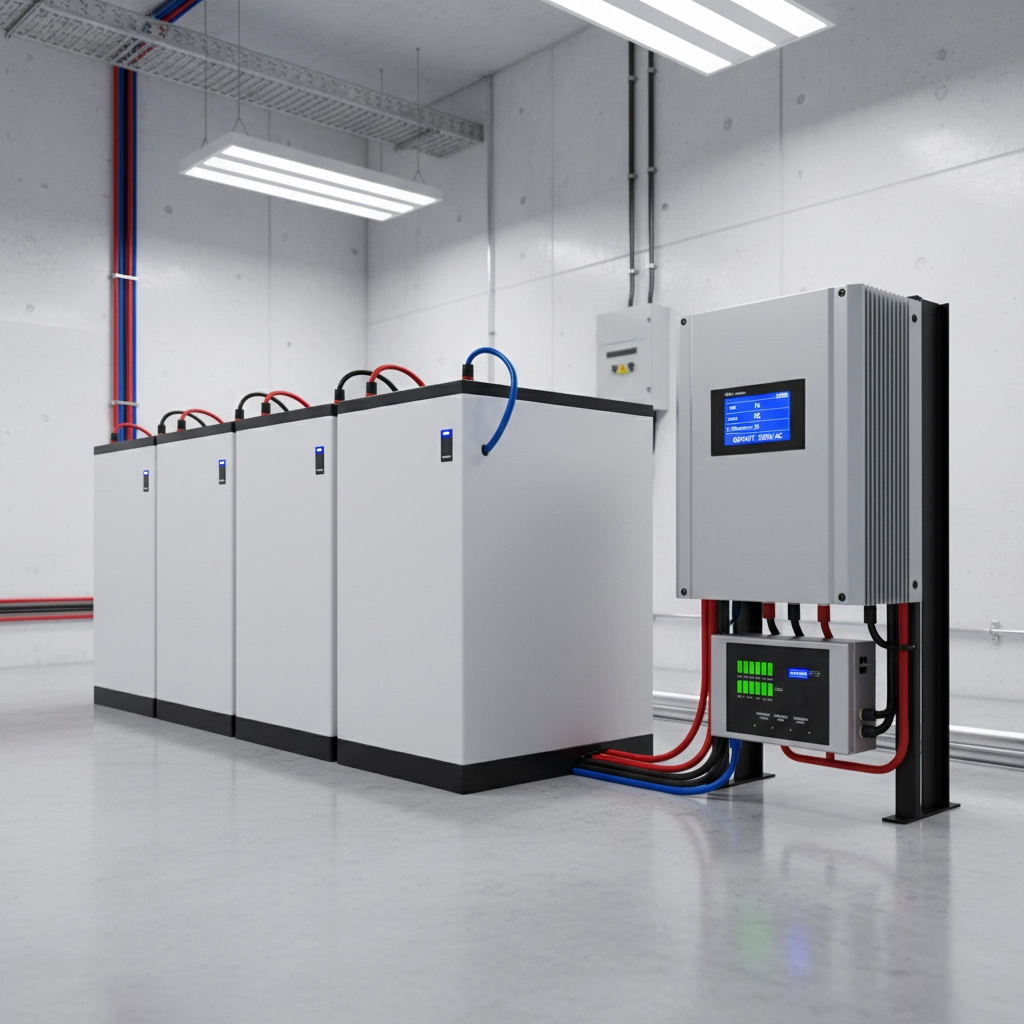
Prioritize Security and Reliability Features
Government facilities demand higher security standards than typical residential installations. Your off-grid system must incorporate multiple protection layers to prevent tampering, ensure continuous operation, and maintain data security for monitoring systems.
Physical security begins with strategic component placement and robust enclosures. Install sensitive equipment like inverters and battery systems in secured buildings or tamper-resistant enclosures. Position solar panels and wind turbines in locations that provide optimal generation while minimizing unauthorized access opportunities.
Implement backup generator systems running on propane, diesel, or natural gas to provide emergency power during extended low-production periods or equipment maintenance. These backup systems ensure continuous power availability even during adverse weather conditions affecting both wind and solar generation simultaneously.
Deploy advanced monitoring systems that continuously track performance metrics and enable early detection of potential security breaches or equipment malfunctions. Modern monitoring platforms provide real-time alerts for unusual system behavior, unauthorized access attempts, or component failures that could compromise facility operations.
Maximize Operational and Economic Benefits
Your investment in off-grid wind-solar integration delivers multiple advantages that extend beyond simple energy generation. These benefits directly address common challenges facing government facilities and municipal operations.
Budget predictability eliminates monthly utility bills and provides protection against energy price fluctuations that strain government budgets. Calculate your return on investment based on current energy costs, anticipated utility rate increases, and system lifespan of 20-25 years for solar components and 15-20 years for wind turbines.
Operational independence proves particularly valuable for remote facilities or regions with unreliable grid infrastructure. Emergency services, water treatment facilities, and communication centers benefit from guaranteed power availability that doesn't depend on external utility performance or grid stability.

Environmental compliance supports your organization's sustainability goals while potentially qualifying for federal and state incentive programs. Off-grid renewable systems significantly reduce greenhouse gas emissions compared to grid-connected facilities powered by fossil fuel generation.
Enhanced resilience protects critical operations during natural disasters, grid failures, or security incidents that could disrupt traditional power supplies. Your facility maintains full operational capability when surrounding areas experience power outages, ensuring continuity of essential government services.
Plan Strategic Implementation Approaches
Successful off-grid integration requires careful planning that addresses your specific facility requirements, local environmental conditions, and operational constraints. Develop your implementation strategy using systematic evaluation of key factors.
Conduct thorough site assessments to determine optimal placement for solar arrays and wind turbines. Analyze historical weather data to predict seasonal generation patterns and size storage systems appropriately. Consider local zoning restrictions, building codes, and permitting requirements that may affect installation timelines and component placement.
Engage qualified contractors with demonstrated experience in government and municipal projects. Verify certifications, insurance coverage, and security clearance levels appropriate for your facility requirements. Request references from similar installations and conduct site visits to evaluate system performance and contractor quality.
Establish maintenance protocols that ensure long-term system reliability and performance optimization. Create preventive maintenance schedules, spare parts inventory procedures, and staff training programs for basic system operations and troubleshooting.
Execute Your Energy Independence Vision
Modern off-grid wind-solar systems provide government facilities with unprecedented energy independence, operational security, and budget predictability. Your organization gains competitive advantages through reliable power generation that eliminates utility dependencies while supporting environmental sustainability goals.
Begin your transition by conducting feasibility studies that evaluate your facility's energy requirements, local resource availability, and implementation costs. Partner with experienced contractors who understand government procurement processes and security requirements specific to public facilities.
The integration of wind, solar, and security technologies creates resilient power systems designed to meet the demanding operational requirements of government and municipal facilities. Your investment in off-grid capabilities positions your organization for long-term success while delivering immediate benefits through reduced operational costs and enhanced energy security.
Take action today to explore how off-grid wind-solar integration can transform your facility's energy independence strategy and operational capabilities.
